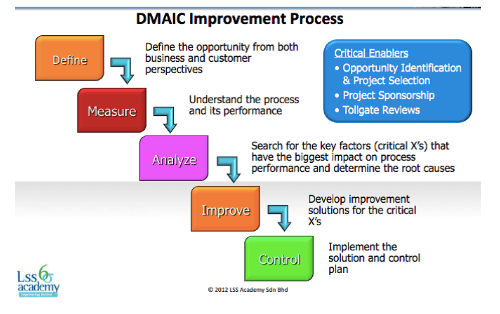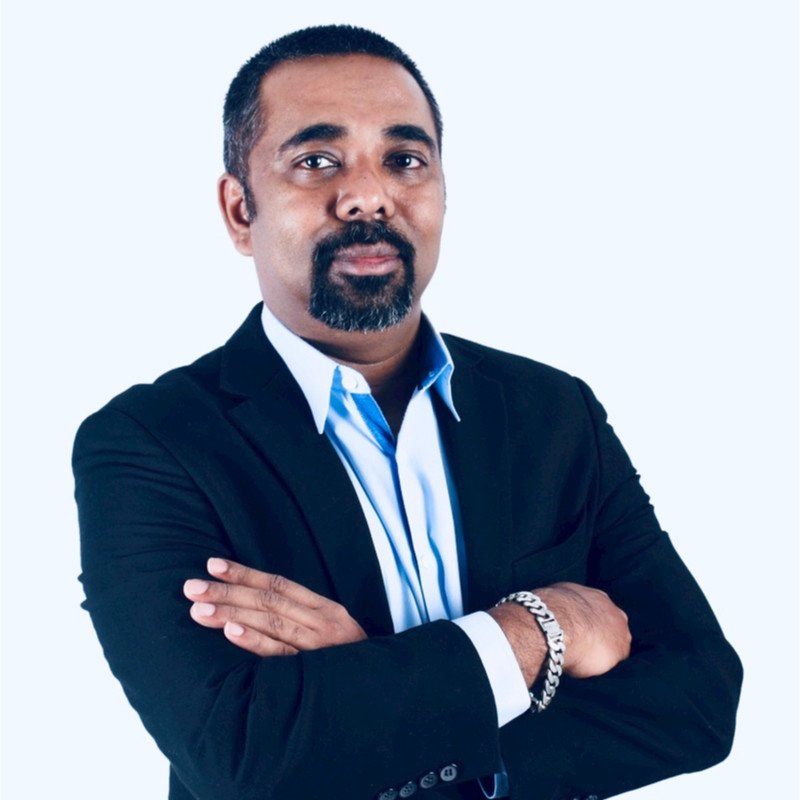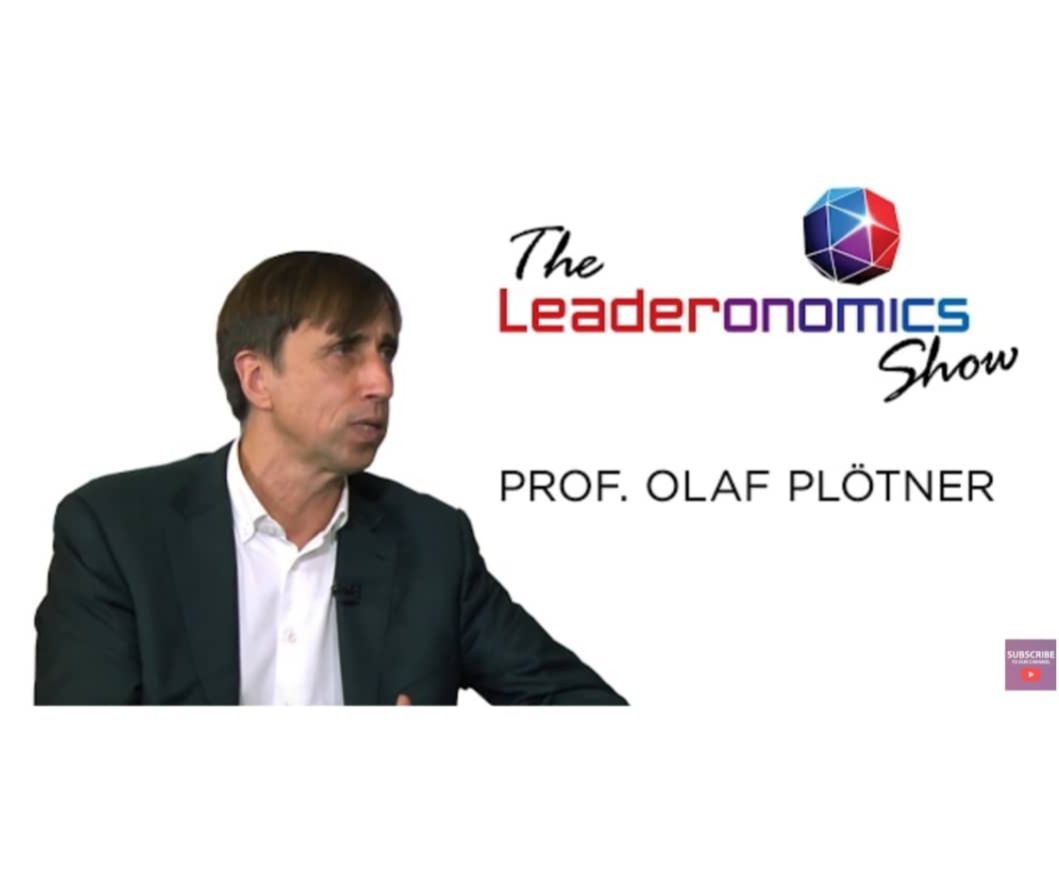From Purpose to Flow: Operational Excellence in Action

Freepik
Start with part one here.
Whilst the Envision Phase establishes a clear sense of direction and alignment with purpose, the Execute Phase focuses on translating that vision into actionable steps. The Execute Phase is where purpose (Ikigai) and engagement (Flow) converge to bring a vision to life. This phase is not simply about completing tasks—it’s about doing so in a way that fosters deep engagement, clarity, and fulfillment for individuals and teams.
By aligning execution with purpose, organisations can create an environment where employees are fully immersed in their work, achieving a state of Flow. When every action is connected to a higher purpose, teams not only achieve their goals but also experience a sense of meaning and fulfillment. This article explores how the Execute Phase can be approached through the lens of Ikigai and Flow, using case studies such as the Penang Island City Council Transformation and ERP Implementation, and others to illustrate these principles in action.
Turning Vision into Action
Execution begins with clarity of purpose, which inspires and motivates teams to act with intention. When organisations align their goals with a higher purpose, they create a shared sense of meaning that drives engagement and productivity. For example, the Penang Island City Council’s transformation initiative was guided by a clear purpose: to improve public service delivery and enhance citizen satisfaction. This purpose was communicated across all levels of the organisation, ensuring that every action taken during execution aligned with the overarching goal. Teams were not just completing tasks; they were contributing to a vision that made a tangible difference in people’s lives.
Structured methodologies also play a crucial role in turning vision into action. Frameworks like Lean Six Sigma and Agile provide a roadmap that helps organisations manage complexity and ensure progress. In Penang, the Lean Six Sigma methodology was used to streamline workflows and eliminate inefficiencies, enabling the government to reduce permit approval times by 50%. Similarly, during an ERP implementation in an engineering organisation, structured methodologies ensured that the project was broken down into manageable phases, with clear milestones and feedback loops. These approaches not only kept teams focused but also created the conditions for Flow by providing clarity and reducing uncertainty.

Figure 1: Flow experience model of Mihaly Csikszentmihalyi (source: Researchgate.net)
Overcoming Challenges in Execution
Execution is rarely without obstacles, and overcoming these challenges is essential to maintaining alignment with purpose and fostering Flow. One of the most common challenges is resistance to change. Employees may feel threatened by new processes or technologies, leading to reluctance or disengagement. To address this, organisations must communicate the purpose behind the changes and involve employees in the process. In the Penang Island City Council Transformation, resistance was mitigated by involving employees in process mapping and providing training that connected their work to the larger purpose. This approach not only reduced resistance but also ensured that employees felt a sense of ownership over the changes.
Another challenge is balancing the complexity of tasks with the skills of the team. Flow is achieved when challenges are matched with the abilities of the individuals involved. If the challenges are too great, employees may feel overwhelmed; if they are too easy, they may become disengaged. During the ERP implementation, employees were provided with tailored training programs that equipped them with the skills needed to meet the demands of the new system. This balance between challenge and skill allowed employees to perform at their best, fostering a sense of accomplishment and engagement.
Maintaining focus is another critical challenge, particularly in large-scale projects where competing priorities can lead to distractions. Organisations must create an environment where teams can concentrate on their tasks without unnecessary interruptions. In Penang, pilot testing was used to focus efforts on specific processes before rolling them out broadly. This iterative approach allowed teams to refine their workflows and address issues in a controlled environment, ensuring that the final implementation was smooth and effective.
More on operational excellence: Building a Business with Efficient Internal Operations
Key Lessons from the Execute Phase
The Execute Phase offers several valuable lessons for aligning purpose with execution and fostering Flow within teams and organisations. First, it is essential to start with a clear purpose that inspires and motivates teams. Purpose provides the foundation for execution, ensuring that every action is intentional and aligned with the organisation’s goals. In Penang, the purpose of improving public service delivery was a unifying force that guided every aspect of the transformation.
Second, engaging teams is crucial to achieving Flow and maintaining alignment with purpose. When employees are involved in the execution process and understand how their work contributes to the larger vision, they are more likely to be fully immersed and productive. The ERP implementation demonstrated the importance of engagement, as employees who were empowered and trained became active contributors to the project’s success.

Figure 2: ERP Implementation Journey (Source: Acumatica.com)
Third, structured methodologies provide the framework needed to manage complexity and ensure progress. Frameworks like Lean Six Sigma and Agile help organisations break down large goals into manageable tasks, creating clarity and reducing uncertainty. In both the Penang transformation and the ERP implementation, structured methodologies were key to achieving measurable results.

Figure 3: DMAIC Methodology for Lean Six Sigma (Source: LSS Academy)
Fourth, organisations must be willing to adapt and iterate during the execution process. Pilot testing and feedback loops allow teams to identify and address issues before full-scale implementation, ensuring that the final outcome is both effective and sustainable. This iterative approach not only improves the quality of execution but also creates opportunities for learning and growth.
Finally, strong leadership is essential to navigating challenges and maintaining focus during execution. Leaders must inspire their teams with a clear vision, provide the resources and support needed to overcome obstacles, and foster an environment where Flow can thrive. In every case study discussed, leadership played a pivotal role in ensuring the success of the Execute Phase.
Listen next: Digital Transformation, Continuous Climb or Disruptive Leap?
Conclusion
The Execute Phase is the critical juncture where purpose (Ikigai), engagement (Flow), structured methodologies like Lean Six Sigma, and the drive for transformation converge to turn vision into reality. Execution is not just about completing tasks or achieving outcomes—it is about doing so in a way that aligns with a higher purpose, fosters deep engagement, and creates meaningful and sustainable change.
When organisations embrace their Ikigai—their reason for being—they ensure that every action is guided by a clear purpose. This alignment inspires teams and provides the motivation needed to overcome challenges. The Penang Island City Council’s transformation is a prime example of how a clear purpose, rooted in improving public service delivery, can unify efforts and drive meaningful change. By embedding purpose into execution, organisations create a shared sense of meaning that transcends individual tasks and fosters collective ownership of outcomes.
Flow, the state of deep engagement where individuals are fully immersed in their work, is the engine that powers effective execution. Flow is achieved when teams have clarity, immediate feedback, and a balance between the challenges they face and the skills they possess. In the ERP implementation case, Flow was fostered by providing employees with the training and resources they needed to meet the demands of the project. When teams operate in Flow, they are not only more productive but also more fulfilled, as they experience the intrinsic joy of doing meaningful work.
Structured methodologies like Lean Six Sigma provide the framework needed to manage complexity and ensure progress during the Execute Phase. By breaking down large-scale initiatives into manageable tasks and focusing on eliminating inefficiencies, Lean Six Sigma creates the conditions for both Flow and transformation. In Penang, Lean Six Sigma was instrumental in reducing permit approval times and improving citizen satisfaction, demonstrating how structured methodologies can drive measurable results while staying aligned with purpose.
Transformation, whether at the organisational or individual level, is the ultimate goal of the Execute Phase. True transformation goes beyond achieving specific outcomes; it involves creating lasting value and building a culture that embraces continuous improvement. The Execute Phase is where organisations lay the foundation for this transformation by aligning purpose, fostering engagement, and leveraging proven methodologies. When execution is guided by Ikigai, powered by Flow, and structured through frameworks like Lean Six Sigma, transformation becomes not just a possibility but an inevitability.
In conclusion, the Execute Phase is where vision meets action, where purpose fuels engagement, and where structured methodologies turn challenges into opportunities. By mastering this phase, organisations can achieve not only their goals but also a deeper sense of fulfillment and meaning. This alignment of purpose, engagement, and transformation is the essence of the Execute Phase—a phase that is not just about doing things right but about doing the right things in the right way, for the right reasons.
Experience the Malaysia Leadership Summit 2025. Join 500+ C-suite leaders as they explore cutting-edge insights on leadership, transformation, and growth. Reserve your spot now!
Edited by: Anggie Rachmadevi
Business
References:
- Csikszentmihalyi, M. (1990). Flow: The Psychology of Optimal Experience. Harper & Row.
- Garcia, S., & Calantone, R. (2002). "A Critical Look at Lean Six Sigma Methodologies in Service Industries." Journal of Operations Management.
- "Penang State Government Transformation: A Case Study in Lean Six Sigma." Public Sector Innovation Journal (2019).
- "ERP Implementation Best Practices: Lessons from Schlumberger and Siemens." Technology Management Review (2021).
- Ikigai: The Japanese Secret to a Long and Happy Life. Garcia & Miralles (2017).
- Kotter, J. P. (1996). Leading Change. Harvard Business School Press.
Arul is currently an independent consultant working on improving the component level supply chain for a popular electric vehicle brand and also enabling the disruption of delivery services with cloud based technology solutions. He formerly was with GEODIS as the regional director of transformation and as the MD of GEODIS Malaysia. In GEODIS, he executed regional transformation initiatives with the Asia Pacific team to leapfrog disruption in the supply chain industry by creating customer value proposition, reliable services and providing accurate information to customers. He has driven transformation initiatives for government services and also assisted various Malaysian and Multi-National Organisations using the Lean Six Sigma methodology.







